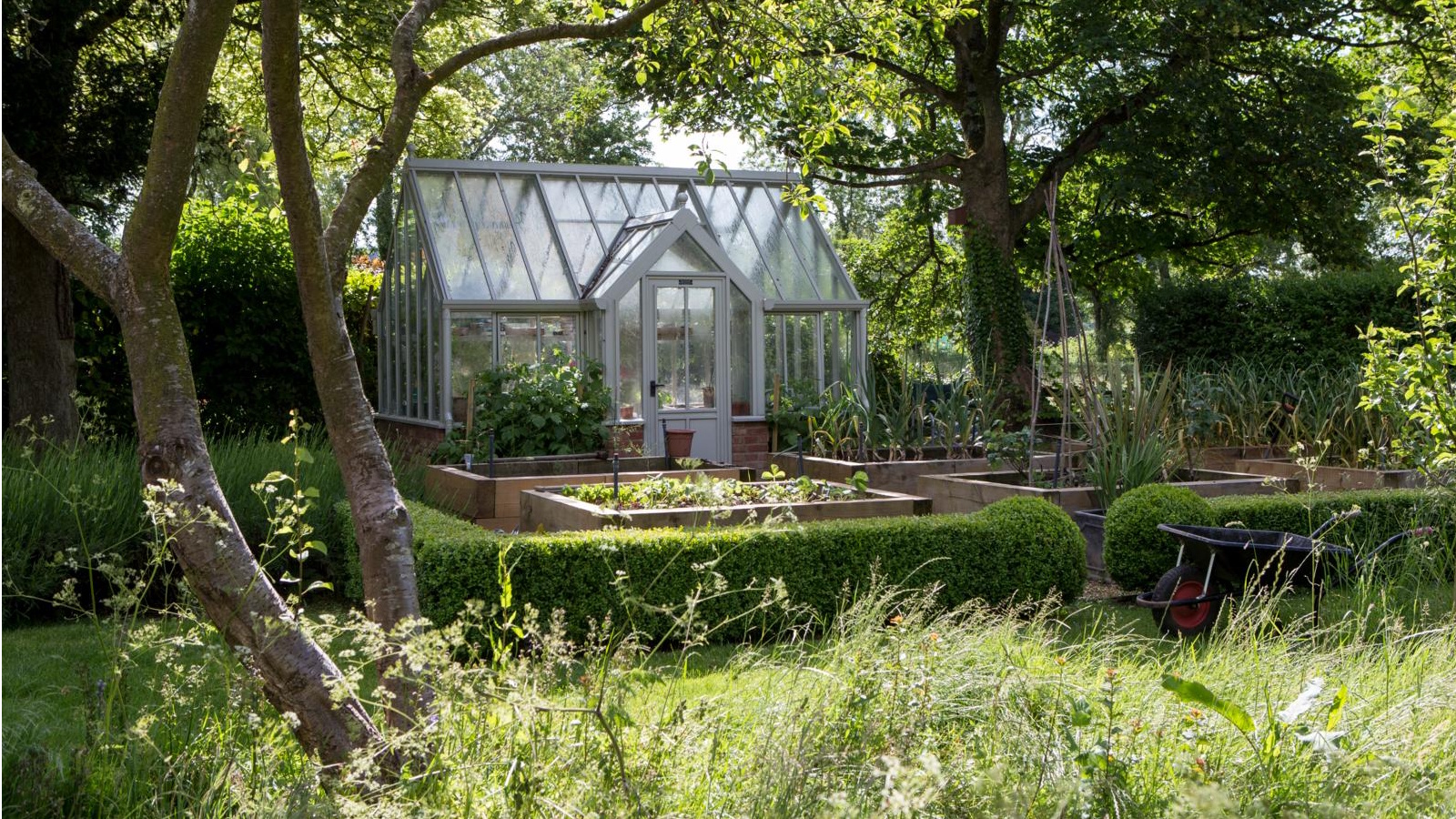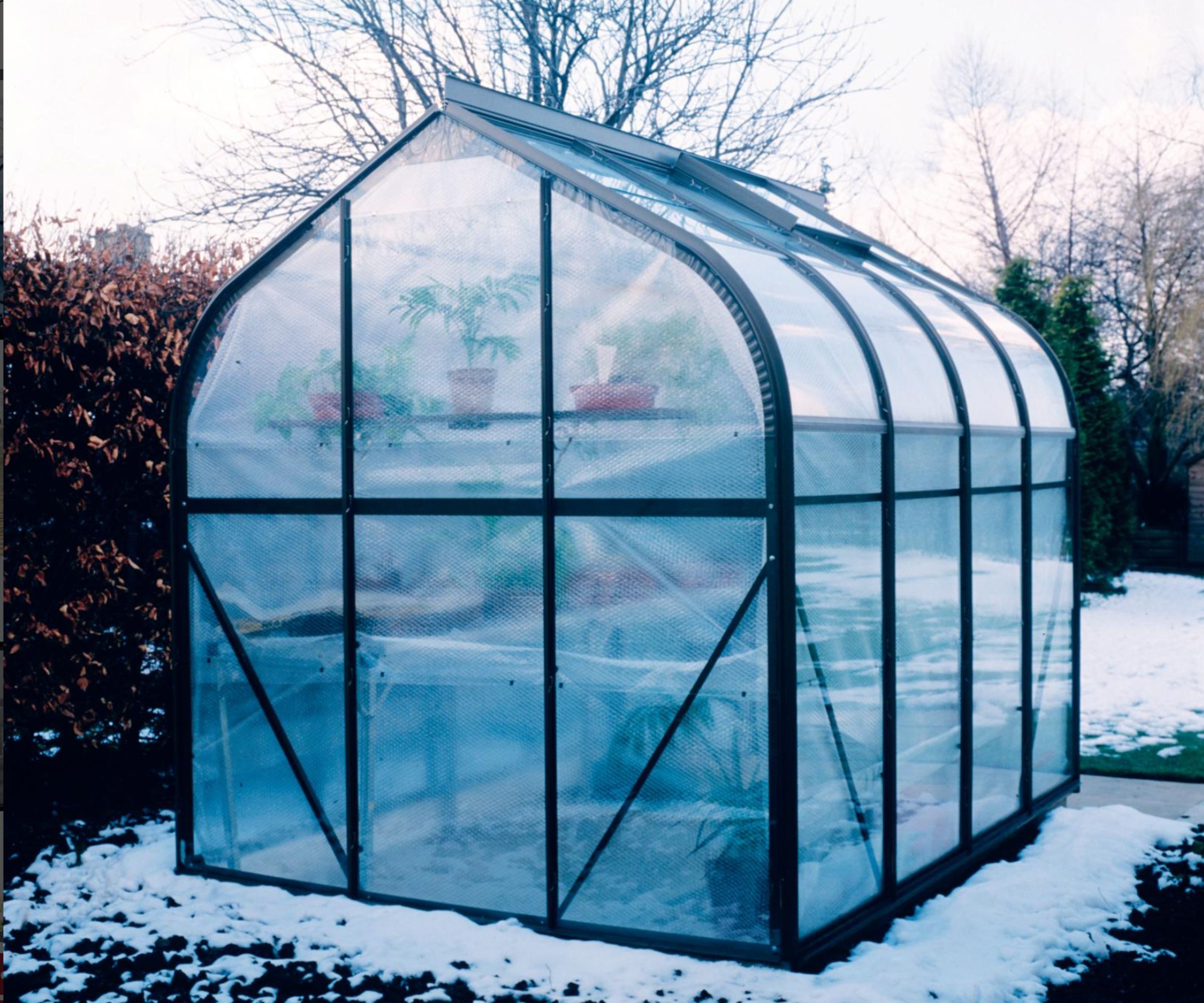Gardeners urged to save and reuse bubble wrap – it will save you hundreds of dollars on greenhouse insulation and energy use this winter
This is the most affordable winter greenhouse hack I've stumbled upon


I bought a small greenhouse for my garden this spring and I've been enjoying growing a few crops in it. I assumed I would have to put it to bed when winter comes along, but I've come across a hack that will allow me to keep my greenhouse productive through the colder months – and it won't cost me any money.
It turns out you can continue bringing your greenhouse ideas to life in the coldest months by using bubble wrap as insulation. This is thanks to the structure of bubble wrap trapping heat. While it is satisfying to burst the bubbles of this packing material, I'm now collecting and storing it for use later in the year.
In fact, putting some insulation in place is key to successfully winterizing your greenhouse. It can be costly to keep a greenhouse warm, for example by installing and running a heater, but repurposing bubble wrap is an affordable (and even free) way to get the job done. Let's take a closer look at how exactly you can use bubble wrap to insulate a greenhouse.
How to use bubble wrap to insulate a greenhouse

Like me, you may be keen to make more eco-friendly garden decisions, and saving bubble wrap from packaging is a great place to start. It's free, stops plastic going into landfill, and your winter greenhouse vegetables will thank you for it.
To use a greenhouse in winter, you need to have some insulation in place. Not doing so risks frost damage to plants and, depending on what your greenhouse is made from (such as metal components), cold can damage the structure of it.
This is where the bubble wrap comes in. Thanks to the air pockets in bubble wrap, cold air transfer is restricted and heat is trapped as a result.
To use bubble wrap to insulate a greenhouse, simply stick up sheets of bubble wrap in windows and walls (you might find this tape from Walmart useful in securing it in place).
Design expertise in your inbox – from inspiring decorating ideas and beautiful celebrity homes to practical gardening advice and shopping round-ups.
An added bonus is that bubble wrap is transparent, so your plants still receive ample light with this insulation in place.
You can, of course, use additional methods to insulate your greenhouse, too. For example, with this greenhouse heater (from Amazon), as well as foil (from Walmart) to reflect heat into the greenhouse.
Just don't forget to ventilate your greenhouse (even in winter) to ensure there isn't a build-up of mold and mildew, and your plants don't overheat and become dehydrated.
FAQs
When should I put bubble wrap up in my greenhouse?
You should put bubble wrap up to insulate your greenhouse before the coldest temperatures and frost kick in. This is usually from mid-late fall, but it's best to monitor your local frost forecast and act accordingly. Avoid insulating your greenhouse too early, as it could make it a too-hot environment for your plants.
What size bubble wrap is best for insulating a greenhouse?
While you can use any size bubble wrap to insulate a greenhouse, the larger the bubbles, the more heat that will be trapped. However, there isn't a drastic difference between using smaller bubble wrap and larger bubble wrap.
Bubble wrap isn't the only way you can heat a greenhouse cheaply in winter. For example, you can also use heat mats (like this from Amazon) for localized heating in your greenhouse, if you only need a certain area to stay warm during the coldest time of the year.

Tenielle is a Gardens Content Editor at Homes & Gardens. She holds a qualification in MA Magazine Journalism and has over six years of journalistic experience. Before coming to Homes & Gardens, Tenielle was in the editorial department at the Royal Horticultural Society and worked on The Garden magazine. As our in-house houseplant expert, Tenielle writes on a range of solutions to houseplant problems, as well as other 'how to' guides, inspiring garden projects, and the latest gardening news. When she isn't writing, Tenielle can be found propagating her ever-growing collection of indoor plants, helping others overcome common houseplant pests and diseases, volunteering at a local gardening club, and attending gardening workshops, like a composting masterclass.
You must confirm your public display name before commenting
Please logout and then login again, you will then be prompted to enter your display name.